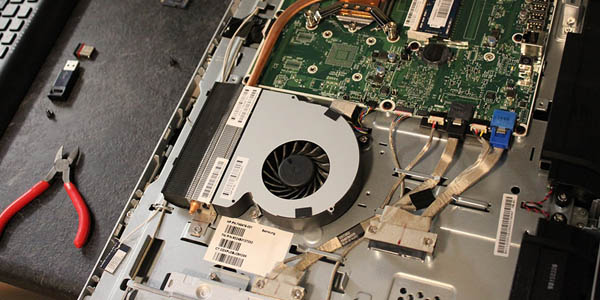


I am trying desperately to restart a Windows10 Pro virtual machine (VMware Fusion 12) after that an error "0xc000021a" make impossible the restart. I read your post and I think that you could really help me. If you don't know which vmdk to choose then attach the vmware.log files from your vm to a reply here (the vmware.log files can be found in the VM's bundle folder, select the VM, right click ->įirst of all a disclaimer: I am not an expert so pls forgive my ignorance on superrich details or stupid questions. vmdk files you can select from then you likely have a snapshot open and you should only experiment with "make a new copy" (don't use either of the other copies or more repairs will be needed, VMware Fusion tends to do the right thing here and disable those dangerous options if the disk is part of a snapshot chain) If you have enough free disk space then "Make a new copy" is the safest option, "share" is a good second option. That will popup a File selector dialog and then you'll navigate to the bundle of your old VM. Once Windows 10 is installed you can shut down the VM and go to the menu "Virtual Machine"-> "Settings"-> Top right button "Add Device" and select "Existing Hard Disk"

What we're going to do is comparable in the physical world to taking the disk out of the broken computer and putting it in the new computer.
#COMPUTER PREPARING AUTOMATIC REPAIR INSTALL#
What I suggested was to create a new VM and install Windows in there.
#COMPUTER PREPARING AUTOMATIC REPAIR DRIVERS#
There's also significant changes in macOS in regards to how drivers are handled. I haven't used macFuse or Paragorn in about 5 years, so I can't comment on that as things have changed in the disk format. You might be lucky or not, it all depends on how badly Time Machine messed up the virtual disk.Īll the best luck, I will keep my fingers crossed for you. Attach the virtual disk from your dead VM to the new VM and try if you can get some of the data from it. Create a new VM that you can boot into and useģ. In order to get your data out I would try the following path:Ģ. Since you can still boot, the VM disk still has all required parts to function, so there's at least some good news.įor the rest, without any logs, it is hard to say much sensible about the disk itself. Did you make a copy of the VM before you started a repair? It is not entirely clear for me if you did a clean install and then restored the VM from time machine or if the VM was preserved during the Catalina upgrade and that you tried to "repair" the VM with Time Machine.


 0 kommentar(er)
0 kommentar(er)
